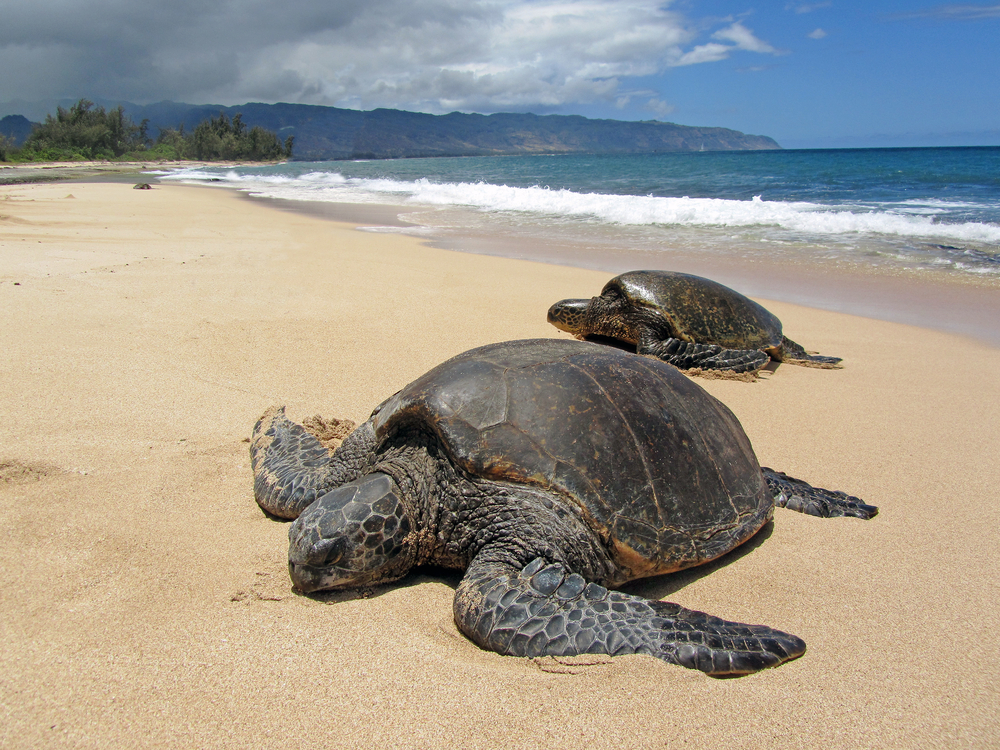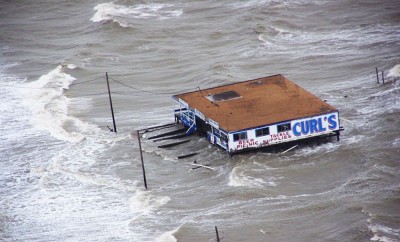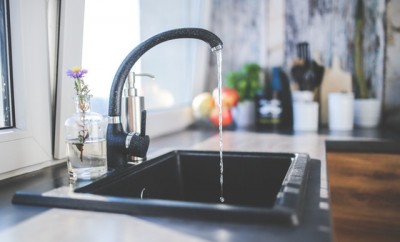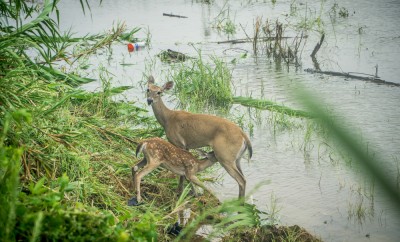Environment
Pollution is causing herpes in sea turtles

Image: Shutterstock/HurleySB
Along the Great Barrier Reef, an epidemic is affecting a huge number of the sea turtles that call it home. The culprit is a turtle-specific form of herpes called fibropapillomatosis, which causes the growth of bulbous tumors on the soft tissue of the turtles. The disfiguring tumors are typically found around the armpits, eyes, genitals, neck, flippers and internal organs. While they are benign, the tumors can grow up to thirty centimeters in size and cause loss of vision and disfiguration, making it hard for the turtles to seek out food or shelter.
Scientists aren’t quite sure how or why turtles become infected with this disease. It’s becoming much more common and not just in the Great Barrier Reef, but also in Florida and Hawaii. In the last forty years, the presence of this disease in turtles has gone up from 28-67%, to now almost 92% of turtles affected. Usually, the disease is present but lays dormant through the duration of the turtles life. So why is it ravaging the sea turtle population all of a sudden?
As New Scientist reports, Karina Jones has undergone studies of this phenomenon to try and figure out why and how so many turtles are being affected. Jones’ team found that the disease is most present along a specific stretch of water at Magnetic Island, which is also a popular tourist destination with lots of traffic. The details of their research points to one main idea: there is a strong connection between spots with heavy human activity and turtle habitats close to shore. Places where humans are heavily populated create a lot of pollution, which then infiltrates the environment the turtles live in nearby.
“We think there must be some external trigger that causes the tumour development,” Jones noted.
Finding the external trigger is the difficult part, but scientists are sure it is the pollution. It is thought that the pollution weakens the immune systems of the sea turtles, which makes it harder for them to fight off infection. To continue the investigation, Jones’ team plans on attempting to pin down the specific pollutant that hurts the sea turtles the most. They will be testing water for chemicals including heavy metals, fertilizer and pesticides that may be contributing.
How can this be stopped? Reducing pollution is the only thing that will save ocean environments, and in turn our own. Reduce the amount of plastic, glass and paper you throw away and recycle it as much as you can. If you happen to travel to the Great Barrier Reef or another location where sick sea turtles are found, be aware of the environmental footprint you’re making.
To see pictures of these suffering sea turtles, click here.





0 comments